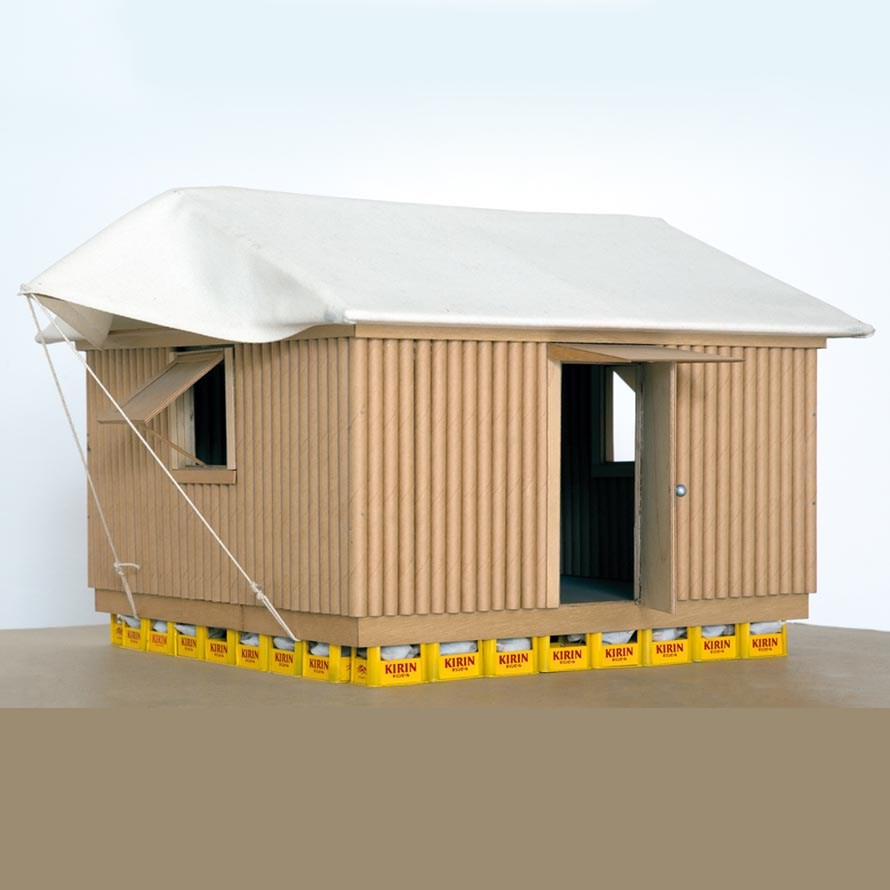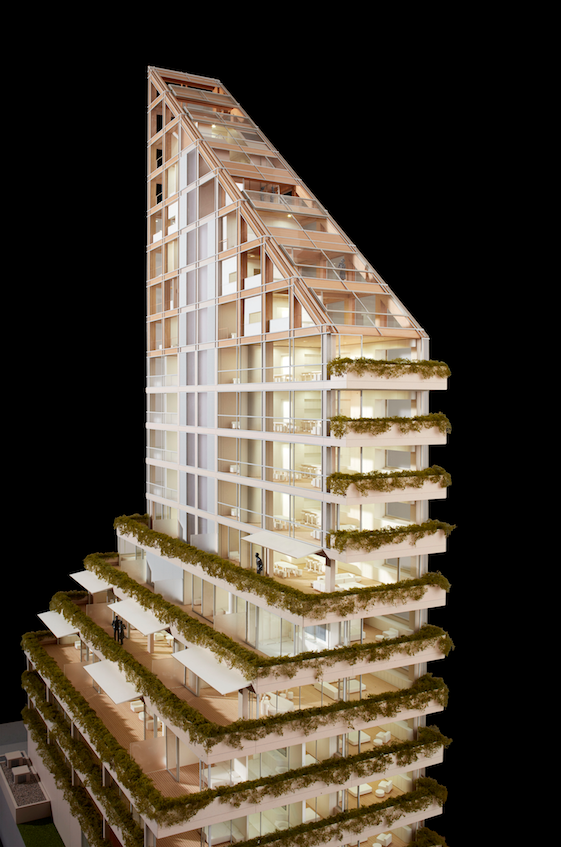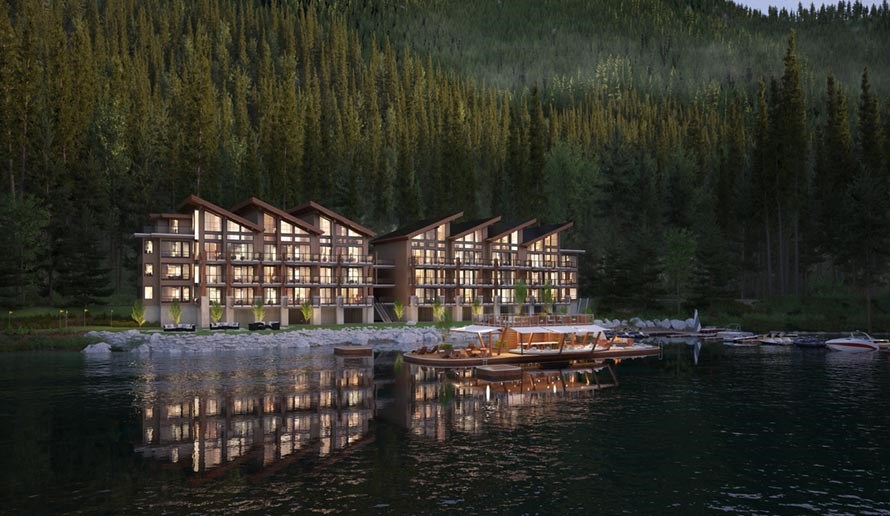Many B.C. builders are thinking sustainability as Vancouver aims to become Canada’s greenest cities. Here are three developers who are driven by a passion for environmental stewardship.
Cultus Lake: After an aborted launch by another developer in 2007, construction is now underway on Alture Properties’ $23 million, resort-style residence on the shores of Cultus Lake. Located just minutes from downtown Chilliwack, Cultus Lake is a popular destination: it’s estimated over a million people visit every year. The lake is home and spawning ground for a diverse array of fish including the Cultus pygmy sculpin and Cultus sockeye salmon – both unique to these waters. And it was fish that posed one of the greatest development challenges.
“This site has a long, complicated history,” said Stephen Duke, Alture’s executive vice-president. “In the mid-1900s it was a Department of Fisheries and Oceans [DFO] hatchery before it was converted into a marina.”
Alture knew the failing, wooded culvert that allowed fish to pass under the roadway to the property had to be replaced, but no one anticipated discovering several large concrete DFO holding tanks – tanks where many fish had become trapped, unable to navigate their return to the lake.
Under the watchful eye of marine biologists, the tanks were broken down and filled to create space for a state-of-the-art concrete culvert that Duke says will provide a year-round entry/exit point for centuries. Approximately 235 of the trapped fish were netted and released back into the lake. Alture also established a 15-foot swath of endangered riparian wetlands along the shoreline, creating a protected, natural habitat.
Duke added the condo building will be designed to extremely high-end energy-saving and green specifications.
Paper cabins: When the city of Kobe, Japan, was struck by a 6.9-magnitude earthquake in 1995, more than 200,000 people suddenly found themselves homeless. Shigeru Ban, then a young Tokyo-based architect, responded to the housing crisis by designing the Kobe Paper Log House. Using materials like cardboard and paper that were readily available and, more importantly, inexpensive or even free, he invented the paper log construction that’s become a de facto world standard for disaster relief shelters.
The paper tubes used for the walls are just 3.8 millimetres thick with a diameter of about 7.6 millimetres. The roof is made from tent canvas and the flooring is sturdy milk crates that have been turned upside down and loaded with sandbags. Simple, sturdy and easy to recycle multiple times, the logs can be made right on site and quickly erected or dismantled.

Timber tower: Poised to shake up the way highrises are built, Vancouver condo developer PortLiving is taking a daring step forward in the world of mass timber construction.
Terrace House, designed by Shigeru Ban, will comprise 12 storeys of reinforced concrete topped with seven storeys of post-and-beam mass timber. The wood used to manufacture this glued laminated timber is sustainably harvested in the Kootenays.
The glazed curtain walls are made of museum-quality, low-emissivity glass. This highly specified product is 98.5 per cent clear – visually differentiating it from the surrounding downtown towers that can appear to be colours ranging from dusty rose to orange to copper brown.
Terrace House is the tallest hybrid timber structure in North America and the first to be approved under existing building regulations. The unique tower could represent a major step forward in Vancouver’s goal of being the greenest city in Canada. Wood is a sustainable building material that stores, rather than emits, carbon dioxide for the life of the structure.
Other environmental and performance benefits of wood construction include reduced greenhouse gas emissions, reduced embodied energy and direct occupant and builder health benefits, according to PortLiving.
“Terrace House will pave the way to use mass timber throughout as a structural element without needing exceptions in the existing municipal bylaws,” said Macario (Tobi) Reyes, founder and CEO of PortLiving.




